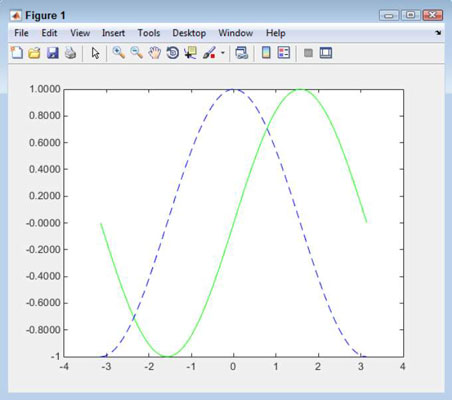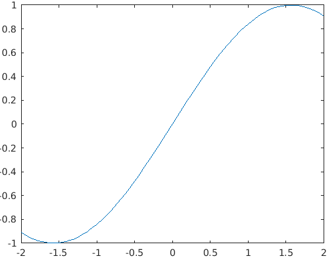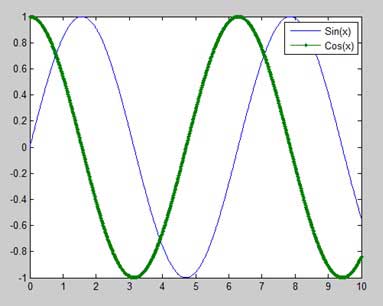Fplot Title
Changing the legend title. In the same way you edited the title and axis names, you can alter the legend title by adding +labs(colour = 'Legend Title') to the end of your basic plot code. Note: This will only work if you have actually added an extra variable to your basic aes code (in this case, using colour=Species to group the points by Species). Solving an implicit equation with fsolve. Learn more about fsolve, implicit function, fplot MATLAB.



In the argument of plt.title, I want t to be variable changing with the loop. Python python-3.x matplotlib. Improve this question. Fplot (funx,funy) plots the curve defined by x = funx (t) and y = funy (t) over the default interval -5 5 for t. Fplot (funx,funy,tinterval) plots over the specified interval. Specify the interval as a two-element vector of the form tmin tmax. Fplot (,LineSpec) specifies the line style, marker symbol, and line color.
Plot Title Ggplot2
ggstatsplot contains a “helper” function named combine_plots to help you combine several plots into one plot or add a combination of title, caption, and annotation texts with suitable default parameters. It is a wrapper around patchwork::wrap_plots(). Some examples below.
Note Before: If you have just one grouping variable and you’d like a plot for each factor of this variable the grouped_ variants (https://indrajeetpatil.github.io/ggstatsplot/reference/index.html) of all ggstatsplot functions will allow you do to this. They specifically use the combine_plots function under the covers.
Combining multiple plots: Example-1 using dplyr::group_map
Plot Title Python
The easiest way to run the same ggstatsplot operation across multiple grouping variables is by using dplyr::group_map functions and then - of course - one would like to combine these plots in a single plot.

Plot Title Ggplot2
Combining multiple plots: Example-2 using purrr
The full power of ggstatsplot can be leveraged with a functional programming package like purrr which can replace many for loops, is more succinct, and easier to read. Consider purrr as your first choice for combining multiple plots.
An example using the iris dataset is provided below. Imagine that we want to separately plot the linear relationship between sepal length and sepal width for each of the three species but combine them into one consistent plot with common labeling and as one plot. Rather than call ggscatterstats three times and gluing the results or using patchwork directly, we’ll create a tibble called plots using purrr::map then feed that to combine_plots to get our combined plot.
Combining multiple plots: Example-3 with plyr
Another popular package for handling big datasets is plyr, which allows us to repeatedly apply a common function on smaller pieces and then combine the results into a larger whole.

Plot Title Matlab
In this example we’ll start with the gapminder dataset. We’re interested in the linear relationship between Gross Domestic Product (per capita) and life expectancy in the year 2007, for all the continents except Oceania. We’ll use dplyr to filter to the right rows then use plyr to repeat the ggscatterstats function across each of the 4 continents remaining. The result is of that is a list of plots called plots. We then feed plots to the combine_plots function to merge them into one plot. We will call attention to the countries which have very low life expectancy (< 45 years) by labeling those countries when they occur.